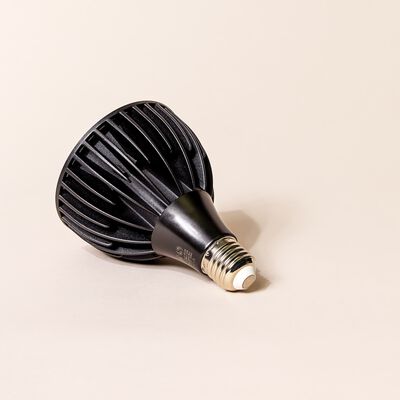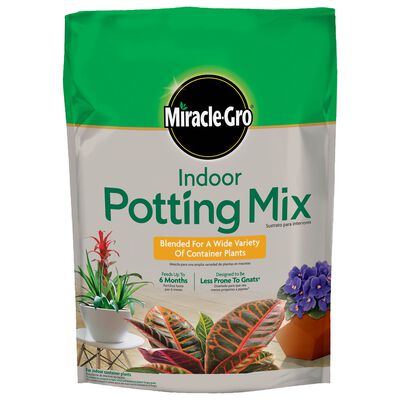
Your Guide To: Dragon Tree
Everything you need to know to care for this peaceful houseplant.
If you're inspired to bring the feeling of the outdoors to your indoors — without much work — the dragon tree is the plant you're looking for. With spiky blades growing out of the top of a sturdy, slender base, this quirky-looking plant will catch your eye and probably make you smile too.
The dragon tree plant is a slow grower, making it ideal for a restricted space. And, as a supremely low-maintenance plant, it's also perfect for a new or neglectful gardener. Your dragon tree plant will be happy just about anywhere you put it and it doesn't ask for much care in return for adding intrigue to your home decor.
How to Keep a Dragon Tree Happy
How Much Lighting Does a Dragon Tree Need?
Bright, indirect sunlight is the best option for your dragon tree. This could mean setting it near a window that faces east or west, on the sill of one that faces north. Just be careful not to keep it too close to a south-facing window where the leaves could get scorched. Your dragon tree can even get by in low-light conditions, though that’s not ideal.
If your dragon tree doesn’t seem to be getting enough light, you can add a fluorescent lamp or even a grow light to its environment to help.

How Do I Know When To Water My Dragon Tree?
Dragon trees are drought-tolerant, so they'll do okay if you miss a watering, just be sure not to overwater them. They do best when you let them dry out a bit between waterings. Stick your finger in the soil to test. If the top two inches of soil is dry to the touch, it's time to water. If you'd rather take the guesswork (and your finger) out of it, use a plant moisture indicator from our shop.
To water, use a small container or watering can to pour water out slowly, directly onto the soil, moving in a clockwise motion to evenly water the plant's roots. Be sure to dump any extra water that drips into the tray at the bottom of your plant so the roots don't sit in it.
How Do I Use Plant Food for My Dragon Tree?
Plant food is an important part of fostering healthy growth and new leaves as your plant settles into its new digs.
For a shelf-sized dragon tree in a container that's 7 inches in diameter, insert the number of plant food spikes (included with your Greendigs plant purchase) indicated in the directions into the soil once every month during spring and summer. In fall and winter your plant growth will slow so you only need to feed it every two months. Yes, even though your plant lives inside, it still experiences the season
What Is a Dragon Tree's Ideal Environment?
Dragon trees like average humidity, which is normal for most homes. Misting your dragon tree a few times a week is also beneficial.
For the best growth, keep the average room temperature in your home between 65 and 80 degrees.

How Do I Prune and Maintain My Dragon Tree?
Your Greendigs dragon tree is very low-maintenance. Trim off any leaves that are dead or discolored, or that appear damaged. Use a pair of pruning shears to prevent tearing or bruising. The dragon tree is a slow-grower, but if you really want it to stay the same height, be sure to trim the top a few times a year, especially in spring and early summer when dragon trees tend to get their growth spurts. Just below the ideal height, use pruning shears to cut the stem at a 45-degree angle. Within a month or two the dragon tree will grow sprouts off the stem where you cut. Let them grow out for a bushier look to your plant.
Each time you water your dragon tree plant, rotate the container a quarter turn. This way you'll make sure it gets the same amount of light on all sides. Our plant trivet set makes this easy and stylish, too.
How to Address Common Dragon Tree Issues
- If the tips of its leaves are brown, your dragon tree may be overwatered. If this happens, stop watering and make sure you put it in a sunny spot where it can dry quickly.
- Brown spots on the leaves may mean it's getting too much light.
- Yellow leaves indicate the dragon tree isn't getting enough water.
- Keep an eye out for mealybugs and spider mites. Prune affected leaves.

